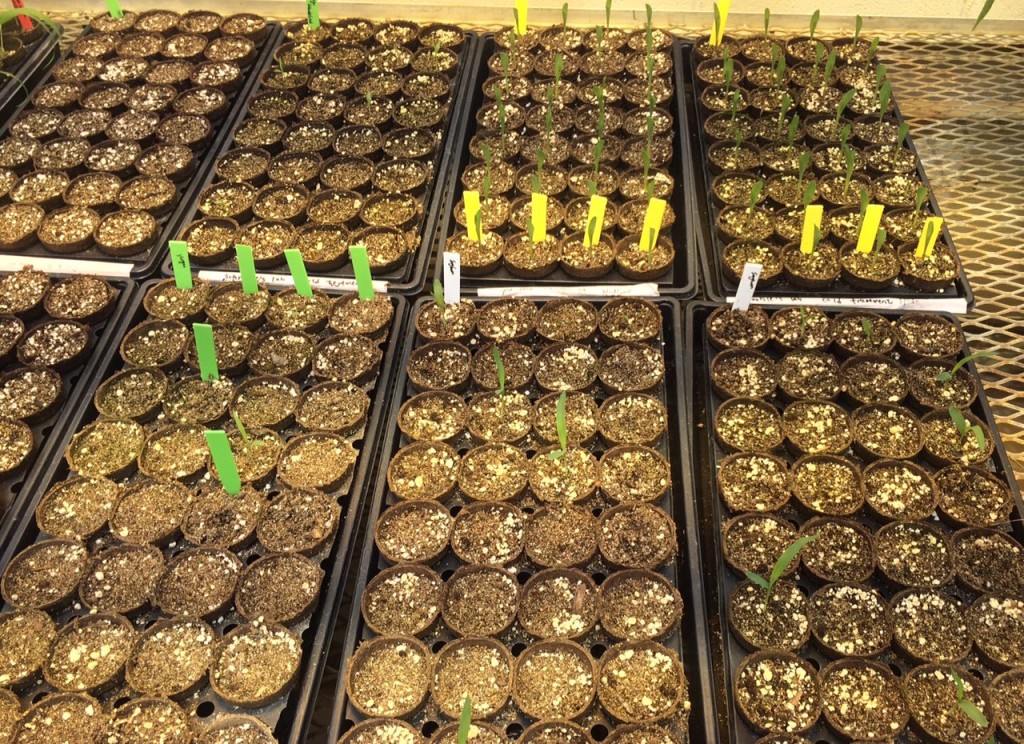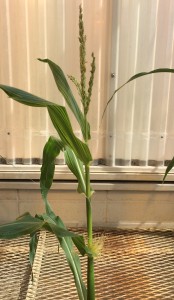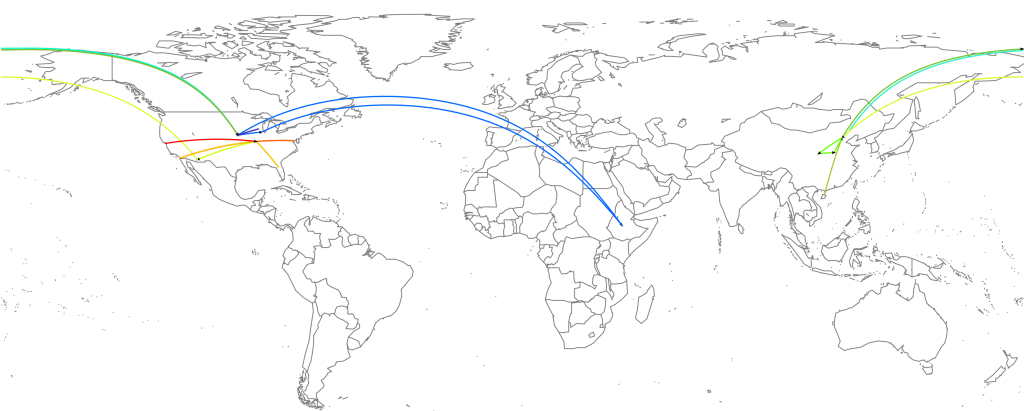Author’s note: found in my “Unpublished Drafts” folder from April 12th 2012. Published May 12th 2015 without edits so as to accurately reflect my mindset at the time. Reflections of a much older and (if possible even balder) scientist forthcoming in a separate post.
I would much rather graduate with three papers cited twenty times each than twenty papers cited three times each.*
That fact drives how I do think about publishing my results:
If I wanted to published the maximum number of papers per dataset, I’d be worried about including too much data in any given paper because, once it was published other researchers might take that data and do the same analyses I was planning to do in a followup paper.
If I want my paper to be cited as much as possible though the opposite is true. I WANT my data to be as useful and accessible as possible because it will increase the number of other groups who will use that data, and cite my work when they publish their next paper.
It also changes the dynamics of when to publish. If I was trying to maximize my own publications, I would want to make sure I published before anyone else who could scoop me, but I also wouldn’t want to publish earlier than absolutely necessary to avoid being scooped. The longer I can go without publishing the data and analysis of paper #1, the larger the headstart I have at paper #2 which builds upon those data and analyses.
Since I want to be cited as much as possible, I want to publish as soon as possible. Full stop. Every month I don’t publish people go ahead with research projects without whatever small additional benefit my data and analysis could provide and that means fewer final citations for my papers.
*I don’t expect to achieve either goal in the time remaining to me (well I might hit the first if I count the giant genome paper where I was one or more than 100 authors and go off the much more rapidly updated citation counts of google scholar).


